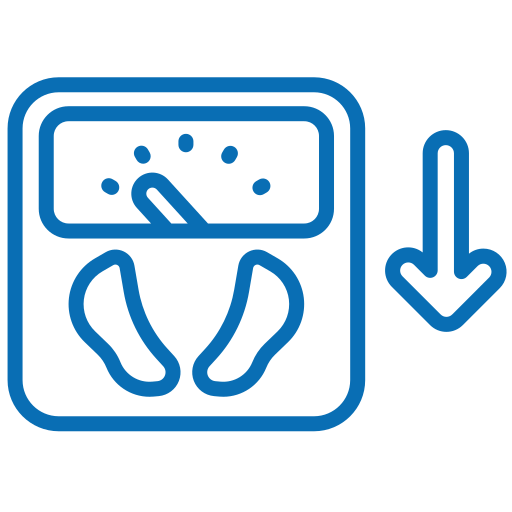In today’s health landscape, distinguishing between covid symptoms and flu symptoms is increasingly confusing. With overlapping signs such as fever, cough, and fatigue, understanding the subtle differences is crucial for timely testing and effective management. In this post, we offer expert advice, practical insights, and actionable steps to help you navigate these challenges. Stay informed and take control of your well-being by understanding these key differences.
Table of Contents
ToggleDefining COVID and Flu Symptoms
Covid symptoms and flu symptoms share common indicators such as fever, cough, and body aches, yet key differences set them apart. Covid often presents with loss of taste or smell and a persistent dry cough, while the flu typically causes high fever and severe muscle aches. Clear diagnostic clarity is essential for accurate self-assessment and effective health monitoring. Recognizing these subtle variations enables timely testing and targeted treatment, ensuring proactive care and optimal well-being.
Key Similarities and Differences
Covid and flu share overlapping symptoms like fever, cough, and fatigue, yet subtle differences set them apart. Covid often includes loss of taste or smell and prolonged respiratory issues, while the flu typically causes abrupt fever spikes and intense body aches. These nuances in symptom onset, duration, and severity are crucial for accurate diagnosis and help guide effective testing decisions.
By carefully comparing symptom patterns, you can make informed decisions about when to seek diagnostic testing, reducing health risks. Evaluating these differences ensures appropriate treatment and proactive care, ultimately safeguarding your well-being and promoting a healthier, more resilient life.
Guidelines for When to Get Tested
If you experience persistent fever, loss of taste or smell, or noticeable respiratory difficulties, it is time to consider diagnostic testing. Early testing helps initiate timely treatment and limits the spread of illness. These clear criteria enable you to monitor your symptoms accurately and decide promptly when professional evaluation is necessary.
For a thorough evaluation, speaking with medical experts is crucial. Their assessments guarantee that your symptoms are appropriately evaluated, directing you toward the right kind of care. Better results are encouraged and a healthy community is maintained when proactive testing is paired with professional guidance.
Additional Prevention and Testing Tips
Enhance the impact of diagnostic testing by following strict hygiene practices and social distancing. Simple measures—such as frequent hand washing, mask-wearing, and avoiding crowded spaces—reduce the risk of respiratory illness. These actions work in tandem with testing guidelines and professional evaluations, ensuring you remain safe while proactive care is in place.
Regular examinations and immunizations are also essential for reducing risk. One can preserve general health by remaining aware and heeding expert guidance. To promote long-term well-being and a safer, healthier community, implement these preventative actions in addition to standard diagnostic testing.
Prioritize Your Health
Understanding the differences between covid symptoms and flu symptoms empowers proactive health management. Timely testing ensures early treatment and reduces risks. Consult healthcare professionals for personalized guidance and clear evaluations. Embrace expert advice and take charge of your well-being. We invite you to prioritize your health today for lasting results.






















